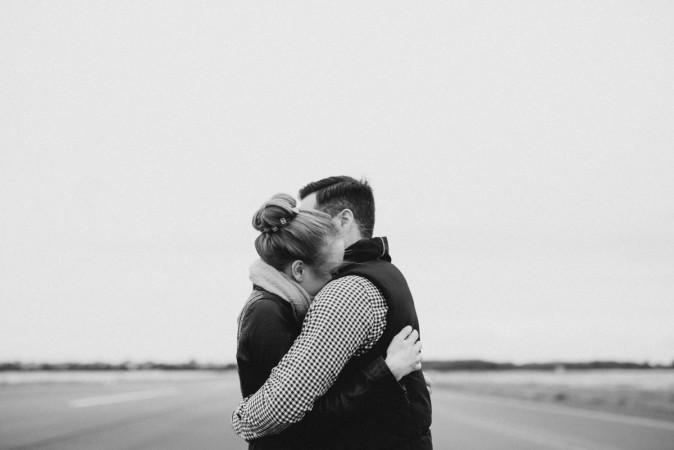
For every hug enthusiast in the world – just the fact that you're a profound and ever ready hugger doesn't mean you're the ultimate emblem of affection anymore. Scientists have found that the side of your body you go ahead with for a hug, determines how heartfelt the hug is.
In simpler terms – the results claim that a hug on your left-hand side is more heartfelt that the ones on the right-hand.
Also read: Obsessed with Instagramming selfies?
Germany's researchers conducted a study involving over 2000 embraces at the airport – both from departures and arrivals – and then compared them to hugs between strangers.
The study – a first-of-its-kind – revealed that in less emotionally-charged hugs, people tend to lean to their right, while in case of more intense hugs, we lean to our left. This is explained by the brain's hemispheres, the experts believed.
Emotions are controlled by the right side of the brain, while stronger emotions are driven by the left side of the body, and the left side of the body, meaning a strong emotion drives us in that direction.
"When people hug, emotional and motor networks in the brain interact and cause a stronger drift to the left in emotional contexts," explained lead author Julian Packheiser who is a PhD student of cognitive science at Ruhr-University Bochum.

The findings have also lead to new insights for not only just behavioural scientists but also for body language analysts, helping them understand how our emotions influence our movements. It is remarkable that while communicating with others, the words account for almost seven percent of the message's impact.
While the voice's tone counts for 38 percent of your message, the body language is considered the real tell-tale, accounting for 55 percent.
Also, after analyzing more than 500 hugs on YouTube, where clips of actors blindfolded were hugging strangers in the streets, most of them turned out to be right-side hugs, as expected.
Packheiser mentioned: "We wanted to know if the hug-related behaviour is affected by the emotional context of the given situation. Moreover, we wanted to find out if motor characteristics such as handedness determine the lateralization of the embrace."

But one particular embrace differed from the norm, where two men showed more of a right-hand pattern, even in a neutral situation.
Co-author Dr Sebastian Ocklenburg explained this saying: "Our interpretation is that many men consider embraces between men to be something negative; they tend to perceive hugs as negative even in a neutral situation, such as saying hello."
Another recent research by Carnegie Mellon University also revealed that hugs tend to offer people from stress or illness. Published in Psychological Research, this study also found that, the hand which will be on top during an embrace, can be predicted, based on the participants' handedness and footedness.
Also read: Dentist asking about your sex life?
Packheiser said: "Handedness and footedness can indeed predict the lateralization of an embrace." Right-handed people tend to hug the other person from the right side, much more often than left-handed people."
So if you're dubious about a person's feelings towards you – despite their regular hugs – all you have to notice is the side they are approaching with!









